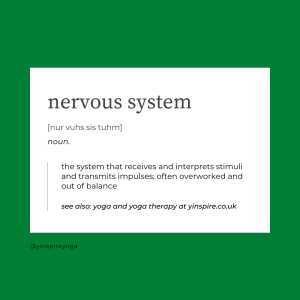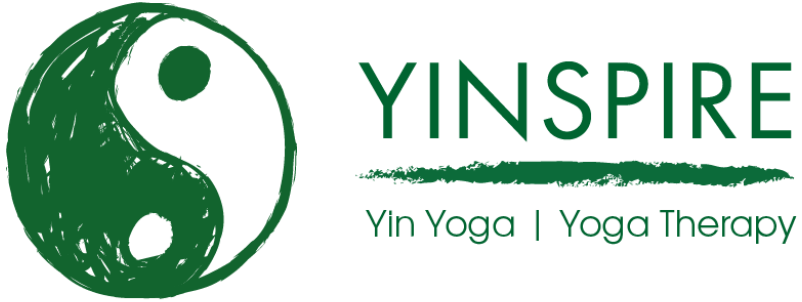 Day in day out, breath by breath, our Nervous System is ticking away behind the scenes – alongside our brain, representing a complexity far beyond even the most advanced computers mankind has invented.
Day in day out, breath by breath, our Nervous System is ticking away behind the scenes – alongside our brain, representing a complexity far beyond even the most advanced computers mankind has invented.
With complexity comes both the risk of things going wrong, and the need for care – in both cases very applicable to our Nervous System.
Many people have heard of the concepts of the “Fight or Flight” and “Rest and Digest” responses in our Nervous System. These refer respectively to the Sympathetic and Parasympathetic branches of our Autonomic Nervous System (ANS). The ANS is the part of the Nervous System behind the scenes controlling functions like respiration, circulation, and digestion, as well as feeding information to and from our brains and from there to and from conscious awareness.
The Sympathetic Nervous System (SNS) helps us prepare for action – anything from planned movements to reaction to danger and is especially active when we need to respond quickly to something – hence “Fight or Flight”. The Parasympathetic Nervous System (PNS) is the system which helps us rest and consolidate – digest our food, relax with our loved ones or friends, enjoy a book or film – hence “Rest and Digest”.
So far so good. But the balance between these two branches of the ANS is a complex one, and we can easily get out of balance. For example, our SNS can get overstimulated, so we overreact to small things, and continue to remain in a Sympathetic state long after the immediate need has passed – think about a situation where something small causes you to overreact and you are edgy for hours afterwards? Long term over stimulation can be co-existent with Anxiety, Stress, Pain Conditions, Digestive Complaints, Inflammation, and a host of other issues.
The SNS can get demonised, but the PNS can also cause things to go awry – for example with extreme Parasympathetic responses, which could range from depression to freeze in response to trauma. The work of Stephen Porges on Poly Vagal Theory helps explain some of these extreme responses.1
Keeping the ANS healthy and both branches working effectively is an important part of our health and wellbeing. Used intelligently, Yoga can help with this through both physical practices and via sitting practices like breathing or mindfulness. My go to practice for developing resilience and wellbeing in the Nervous System is Resonant Breathing2 which is part of a range of practices which can cause a Relaxation Response (Benson)2,3 – there are also other Yoga practices which, as a Yoga Therapist, I may recommend to help address the problems my clients face.
However, in as much as Yoga can help, it can hinder if inappropriate practices are chosen, hence the need to work with an experienced Yoga Therapist or Yoga Teacher who can help you look at the wider picture of your health.
One final thing – Yoga Therapy is not a substitute for emergency healthcare, so if you have a serious health issue, please speak to your GP, NHS 111, or A&E.
You can learn more about my practice as a Yoga Therapist, and book appointments, at www.yinspire.co.uk/yoga-therapy/
Jessica – Minded Yoga Therapist
1 – Book: The Polyvagal Theory in Therapy: Engaging the Rhythm of Regulation – Deborah Dana (2018)
https://www.yinspire.co.uk/book-the-polyvagal-theory-in-therapy-engaging-the-rhythm-of-regulation-deborah-dana-2018/
2 – https://www.yinspire.co.uk/relaxation-response-and-coherent-breathing-a-review/
3 – https://www.yinspire.co.uk/book-relaxation-response-herbert-benson/

